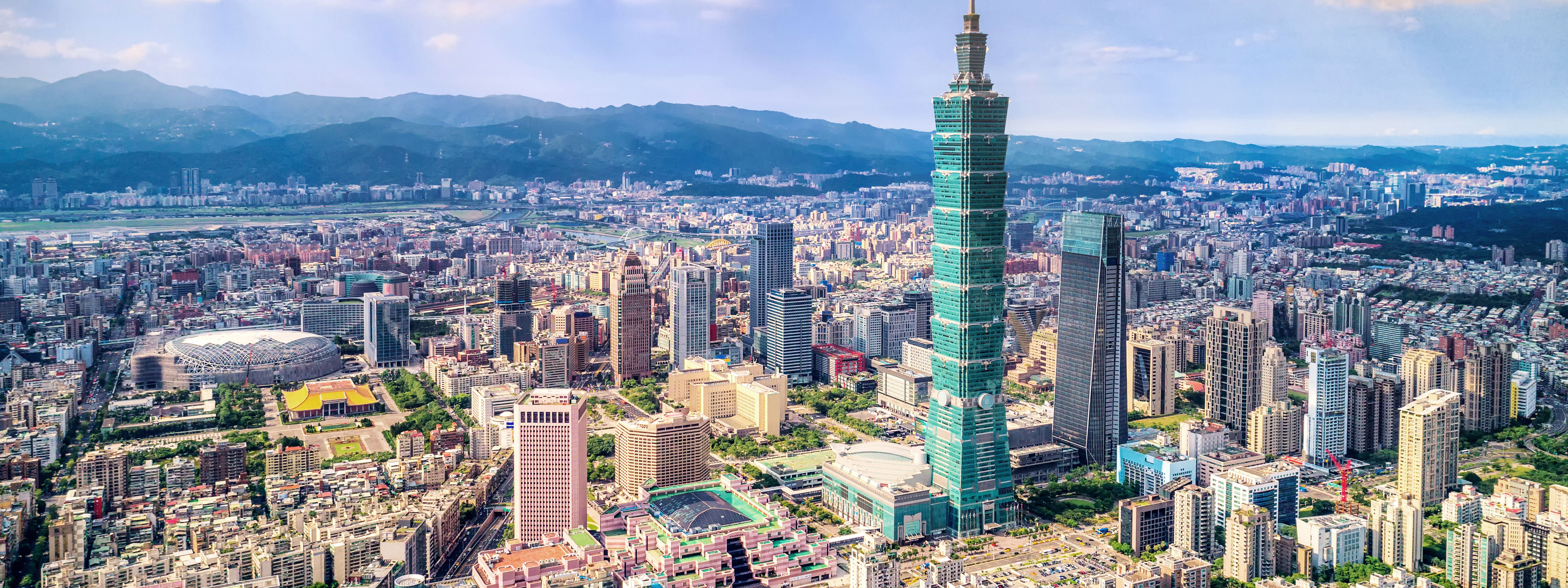The global private equity market went out with a bang in 2019. Despite worries of a steep decline following a strong 2018, 2019 posted US$518.2 billion in buyouts (primary and secondary) for a slight 9% drop year on year. The final quarter of 2019 alone recorded US$137.1 billion of buyouts, well above the US$121.4 billion quarterly average of the last five years.
Volume-wise, the 3,488 deals recorded in 2019 were only 10% off 2018’s total, and still higher than every year on record except 2018.
A number of sizeable megadeals in the US and Asia, especially in Q4, are what made 2019 so abundant on a dollar basis. The largest Q4 deal saw Singaporean sovereign wealth fund Temasek Holdings announce plans to take a 30.55% interest in real estate and infrastructure conglomerate Keppel Corporation Ltd., a transaction valued at US$9.5 billion. Japan's Unizo Holdings Company was sold for US$5.3 billion to a consortium comprising the company's employees and Lone Star Fund. These deals helped to push Asia-Pacific's total to US$35.2 billion, marking its best Q4 since 2015 and putting the region neck and neck with Western Europe (US$35.8 billion).
As might be expected, North America accounted for the majority of deal value. Of the 25 largest buyouts, 17 were North American and nearly half (12) were in the US. The very largest of these involved a consortium announcing plans to buy an 86.8% stake in Tallgrass Energy, a midstream oil and gas company, for US$6.9 billion.
Exits exit
While exit activity showed a steeper decline (14%) in 2019 from 2018’s peak than buyouts, the exits total of US$471.8 billion (trade sales and secondary buyouts) is still higher than every year from 2006 through 2013.
The largest exit of the fourth quarter came in October, with ValueAct’s sale of Canadian gaming technology firm Stars Group to Ireland’s Flutter Entertainment for US$10.4 billion.
By historical standards, exit activity in the last three months of 2019 (US$111 billion) was the second-lowest final quarter since 2013. Looking only at trade sales, the total is US$73.1 billion, the quietest fourth quarter since 2012. Exit volumes were similarly muted, with 525 exits being the weakest quarter in six years, since the first quarter of 2014.
Sponsors appear to have shifted their emphasis away from exits towards new investments. Years of low interest rates, which have equipped PE funds with low-cost debt financing while sending stock markets ever higher, have made for a highly favorable exit environment. Sponsors have taken advantage of this fact by selling off their best assets and securing follow-on funds while the timing has been right.
Valuation gaps are another hindrance to greater exit activity. Last year recorded a 14% year-on-year in exit value and 10% fall in volume to 2,323. There's little doubt that some of this drop-off is attributable to what many see as a precarious macroeconomic and geopolitical environment. December promised a “phase one” deal between the US and China, after more than 18 months of tariff tit-for-tat.
How outside pressures affect the global PE market in 2020 remains to be seen. A potential global economic slowdown could provide the multiples correction that would encourage financial sponsors to deploy more dry powder, which is estimated by Preqin to stand at around US$1.2 trillion. On the other hand, any drop in valuations could lead sponsors to hold on to their existing portfolio companies for longer, meaning that exits could remain a secondary priority.





